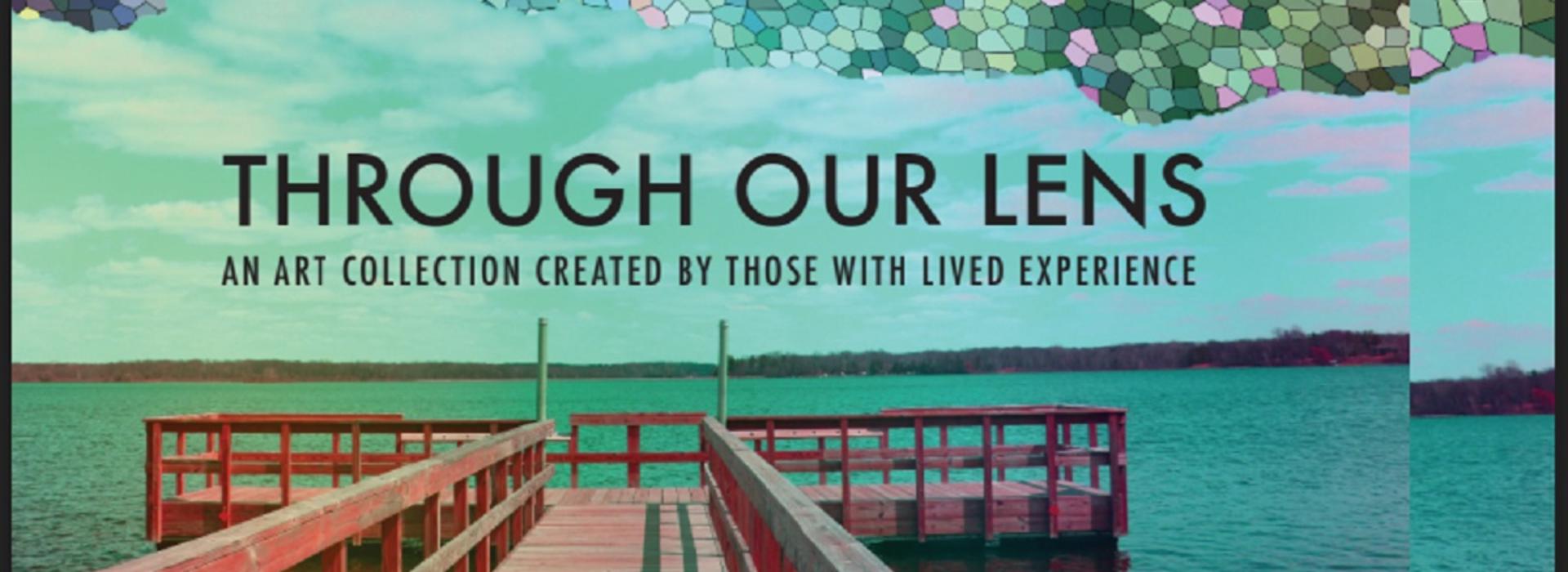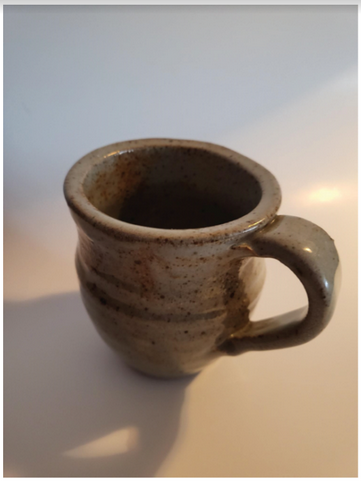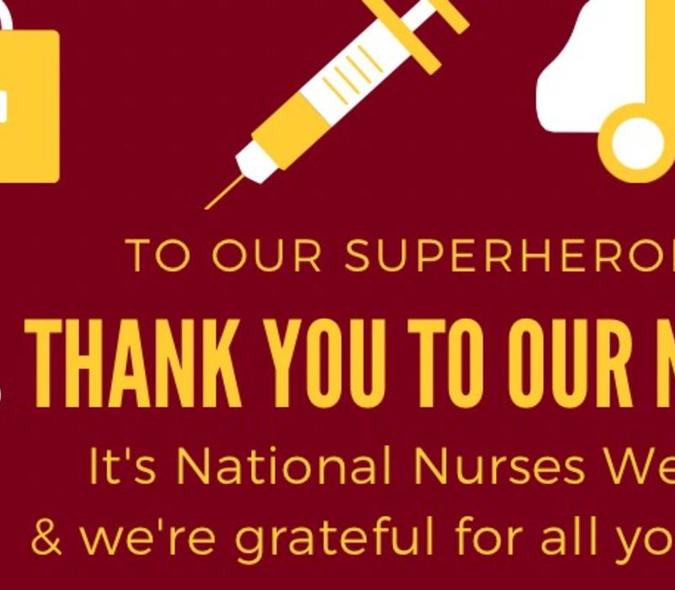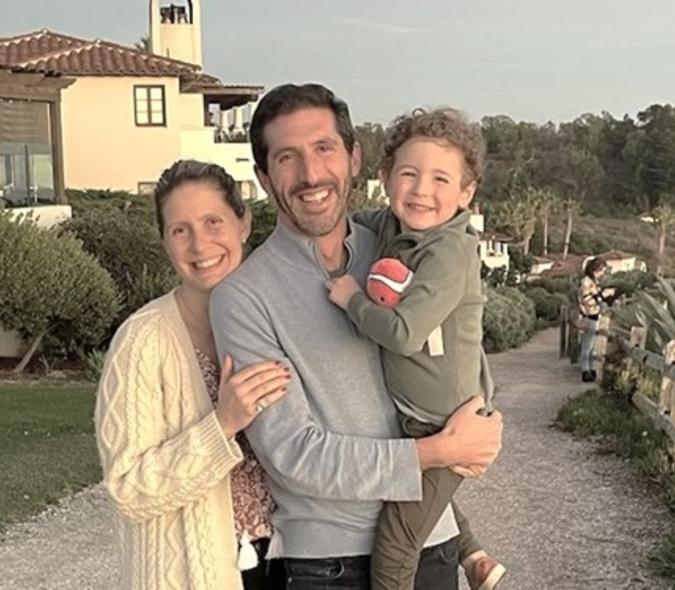
Chapbook project showcases the importance of artistic expression for people struggling with mental health issues
About a year ago, Nathan Bumgardner, a NAVIGATE* program enrollee that Melissa Rosewall, MSW, LGSW, works with, started writing poetry to help him process what was happening in his life. He had been diagnosed with a rare form of leukemia, on top of having schizophrenia. “Battling mental illness is an everyday battle and writing poetry about it gives me catharsis and allows me to vent about my struggles with an artistic medium,” he explained.
Creativity as therapy
Thanks to Nathan’s example, it occurred to Rosewall and colleague, Craig Chapman, that many people they work with use some sort of creative outlet as an additional therapy tool.
Both are Supported Employment and Education Specialists at the University of Minnesota Physicians clinic in St. Louis Park, MN. They are part of the NAVIGATE program mentioned above, a coordinated specialty care program offering a team-based approach to both clinical and nonclinical services for individuals from 15 to 40 years old diagnosed with first-episode psychosis.
Inspired by the artistry of the people with whom they work, Rosewall and Chapman began looking for a way to showcase it. “We felt it would be easy to get enough content to put something meaningful together,” said Chapman. They decided to create what’s known as a “chapbook,” a small paperback booklet, typically containing poems or fiction. In this case, it would also contain artwork.

Funding the project
Gathering content for the chapbook was one thing, funding the project was another. “Our colleague and project partner, Dr. Piper Meyer-Kalos, suggested applying for U of M Foundation funds managed by the Department of Psychiatry and Behavioral Sciences,” said Rosewall (pictured here). The team was awarded the money needed to convert the artwork, edit copy, and print the book.
The project took on a life of its own and was opened to the entire department, not just individuals in the NAVIGATE program.

Rosewall and Chapman were clear about the chapbook’s goals. “We want to share the art made by people with mental health issues to help mitigate the stigma associated with their conditions,” said Chapman (pictured here). “Many of the contributors were able to express themselves through the chapbook in a way that is pretty vulnerable.” He believes that vulnerability can provide a courageous example for others with mental health issues.
Art as treatment
“We believe this project can be an example for people who have experienced a mental health condition or who have trouble processing through what’s happened to them,” said Rosewall. “We also want to send this book to other organizations that have inpatient units, and to publications that target people with mental health issues. We want to highlight the fact that art, writing, and creativity is part of their treatment and can be a source of hope.”
Isaura Lira Greene, one of the chapbook’s contributors, was in the meeting during which Rosewall was inspired to begin the project. “Mental Illness is an enormous issue in this country, and little progress has been made to make it better,” she said. “I believe that sharing our voices and self-advocating are the first and most important steps."

Lived experience council
Rosewall and Chapman collaborated with NAVIGATE members on the project. “They became a lived experience advisory council,” said Rosewall. “Among other things, they helped us create the introduction, which explained the project’s goal.” Isaura was part of the group, as was Michelle Abdon. “We sought legal advice, too, to ensure that everyone still had ownership of their artwork,” said Rosewall. The team is grateful for the help they received from Department Administrator Barb Daiker and Tijqua Daiker, who helped copy edit the project and advised the group on what should be included.
(Pictured here: Rustic Pot with Finger Ridges by Joey Bredesen)
The approach to editing the chapbook was unique – and respectful. “We utilized an editing process that emphasized the voices of the artists, rather than ‘proper’ spelling, grammar or formatting,” noted the book’s introduction.
Eight artists showcased
The 65-page book is titled, Through Our Lens: An Art Collection Created by Those With Lived Experience. The striking cover art was done by an artist who preferred to remain anonymous. There are haiku-like quotes from Isaura interspersed throughout the book (see below), as well as poems, song lyrics, artwork, digitally enhanced photos, and images of handmade tools and pottery. Eight artists contributed their work.
“One of my hopes for the project is that providers will recognize how helpful creative expression is for an individual’s treatment,” said Rosewall. “We’re a strengths-based department and we need to highlight that when people have artistic capabilities, it needs to be part of their treatment. It’s an outlet. We should encourage them to share their artwork because it’s often missing in their treatment plans.”
Chapman believes the book is a way to normalize mental health issues. “People are afraid of certain diagnoses until they see what people who are going through them can do,” he said. “It’s important that they can see that.”
Order a copy
To order a copy of “Through Our Lens,” please complete this order form. (Contact Tess Kean if you would like 10 or more copies.) To help support the work done on the chapbook, consider donating to the Psychiatry Education and Research Fund, which helps fund advancements in research, education, and patient care in the department. If you want to help cover the typical cost for shipping the book ($10.00), please feel free to do so. All gifts are fully tax deductible, and anything is appreciated.
*NAVIGATE stands on its own, it is not an acronym.



